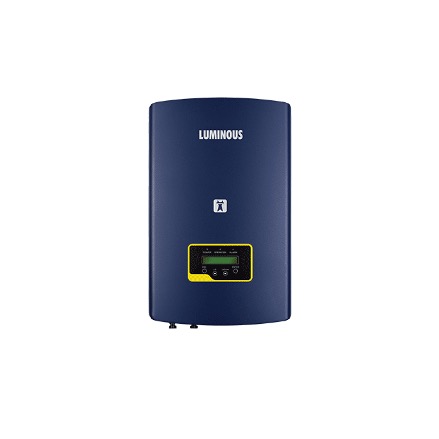Investors usually turn towards the stock market, expecting to make fortunes of wealth from it. You might have come across someone who has all the academic knowledge about the stock market but still ends up in losses.
What might be the reason behind this? Well, that’s because the stock market is a chakravyuh of money. Easy to enter but difficult to exit!
People who have experienced losses in the past often end up blindly investing in a mutual fund with the hope that the fund manager will do justice with their money.
Yes, you get benefits such as diversification, professional fund management, and constant monitoring, but these benefits come at a cost.
- As per AUM, the annual (recurring) charges in terms of the expense ratio vary between 1.05% and 2.25% for an equity-based scheme. This expense ratio covers fund management fees, marketing, sales costs, etc.
- Usually, fund managers frequently churn the entire portfolio, which adds costs and reduces your mutual fund returns.
- Exit loads are imposed if you exit within a stipulated period.
- Lastly, the reason why your mutual fund returns may get hampered is because of over-diversification.
Because of these factors, over longer time frames, these charges can have a significant impact on the returns.
Now let’s talk about the investment type of mutual funds. Before investing in any mutual fund, we often review the stocks it invests in.
And at least once, you might have thought: “The stock the fund manager is investing in does not have the potential to offer exponential returns. If I were a fund manager, I would have invested in another stock.”
So, by investing in mutual funds, in one way or another, you are giving the steering wheel of your investments in the hands of your fund manager. Even if you own stock in your mutual fund portfolio, you don’t have it in your Demat account!
Well, this is the story of how mutual funds are. After considering all the factors, it is safe to say that mutual funds might be a good investment option but a riskier one too.
So, what’s a better investment option? Well, it is none other than ‘Ready to Invest Portfolios’.
What are ready-to-invest portfolios?
A ready-to-invest portfolio is an intellectually curated portfolio. Each portfolio comprises 5-20 stocks and is actively monitored by experts.
You might wonder if this concept is similar to a mutual fund; let’s understand what sets them apart.
How are ready-made portfolios different from a mutual fund scheme?
1. No Lock-in period
If you exit before the said time frame in a mutual fund, you have to pay an exit load. Although it is recommended that a longer time frame is better for your investment to compound and grow, you can choose to exit as you like with ready-to-invest portfolios.
2. Investment cost
Mutual funds charge up to 1.05% – 2.25% as an expense ratio. So, if you have a mutual fund portfolio of Rs 1,00,000, you will have to pay an expense ratio of Rs 1,050 to Rs 2,250 yearly. Whereas, a ready-to-invest portfolio starts at an affordable price.
3. Control over your investments
Unlike mutual funds, you have control over your investments. If you don’t like a particular stock in your portfolio, you have the control of removing that stock, and your portfolio will be rebalanced. Our Motley Fool vs Morningstar aims to help people make better financial decisions regarding stock investments and diversification.
4. Ownership of shares
If you invest in a mutual fund, you get units of the fund in your Demat account as per the end NAV. So, whether you buy the mutual fund units in the morning or afternoon, you will still get it at the end NAV.
But with ready-to-invest portfolios, you can invest any time during the day, and your investment would be made at the current market price of the shares in your portfolio. And you also get ownership of the share you have bought.
To conclude, ready-to-invest portfolios are slowly getting popular among retail investors as they understand and experience the benefits of investing in them.
So, the next time you think of investing in a mutual fund, consider looking at ready-to-invest portfolios.
The author is Founder, TejiMandi
(Disclaimer: Recommendations, suggestions, views and opinions given by the experts are their own. These do not represent the views of Economic Times)
Stay connected with us on social media platform for instant update click here to join our Twitter, & Facebook
We are now on Telegram. Click here to join our channel (@TechiUpdate) and stay updated with the latest Technology headlines.
For all the latest Education News Click Here
For the latest news and updates, follow us on Google News.






